The first telescopes, like the ones Galileo used to discover the moons of Jupiter and craters on the moon, were crude by today’s standards. Nonetheless, they were gateways to a new understanding of our place in the cosmos.
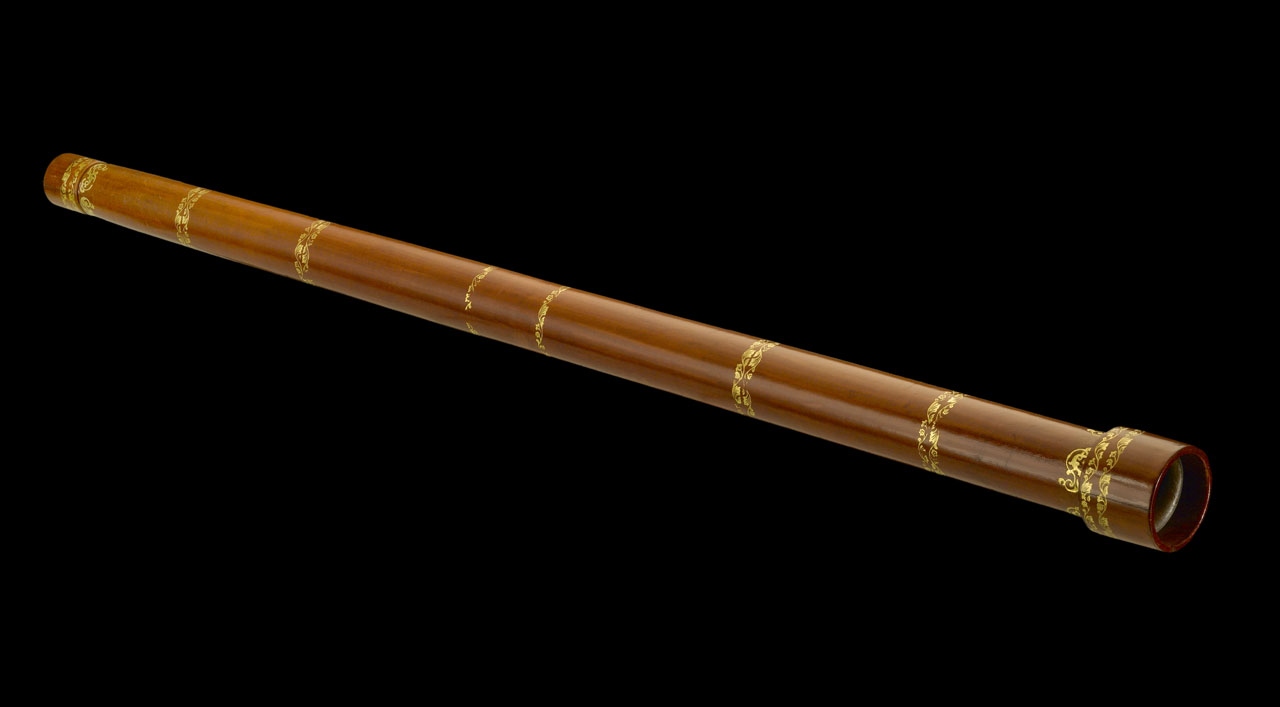
https://collections.rmg.co.uk/media/409/320/f3729.jpg
All telescopes are what I like to describe as light funnels. Their function is to gather more light than can naturally pass through your eye’s pupil, with its 6 to 7 millimeter diameter, and to narrow its beams to pass through that narrow opening. Even though modern telescopes focus that light on cameras rather than human eyes, the principle is the same.
Galileo’s telescope was a refractor. It used lenses that gathered, then bent light. At the end to which an observer put their eye, another lens focused and magnified the image.
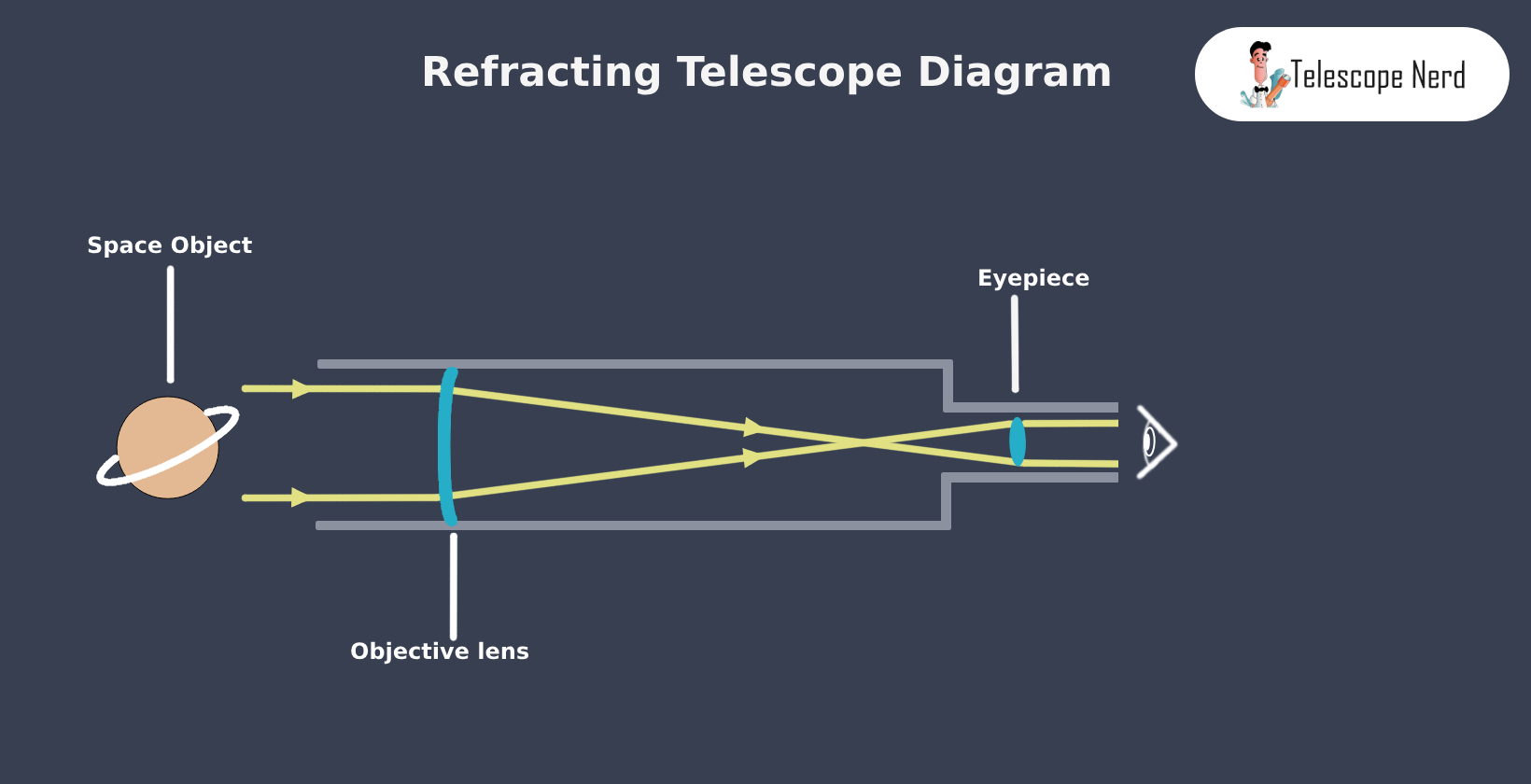
https://www.telescopenerd.com/wp-content/uploads/refracting-telescope-diagram-1.jpg
The other means by which light can be manipulated for astronomical uses is with a curved mirror. Reflecting telescopes have some important advantages over refractors.
• Lenses have to be flawless since light must pass through them unimpeded. What is behind the reflecting surface of a mirror, however, does not affect the light path.
• No glass is 100% transparent; the thicker the lens, the more light is lost.
• Both sides of a lens must be ground and polished to a smooth surface. Only one side of a mirror requires this.
• Lenses are much thicker and heavier than mirrors of the same aperture.
• Lenses bend light of different wavelengths (and therefore different colors) by different amounts. This chromatic aberration creates false colors in objects we are viewing.
While this can be compensated for with multiple lens combinations, it can never be entirely eliminated. Mirrors don’t suffer from this limitation, as they can reflect light of different wavelengths to the same point.
One such reflecting telescope design is shown below.
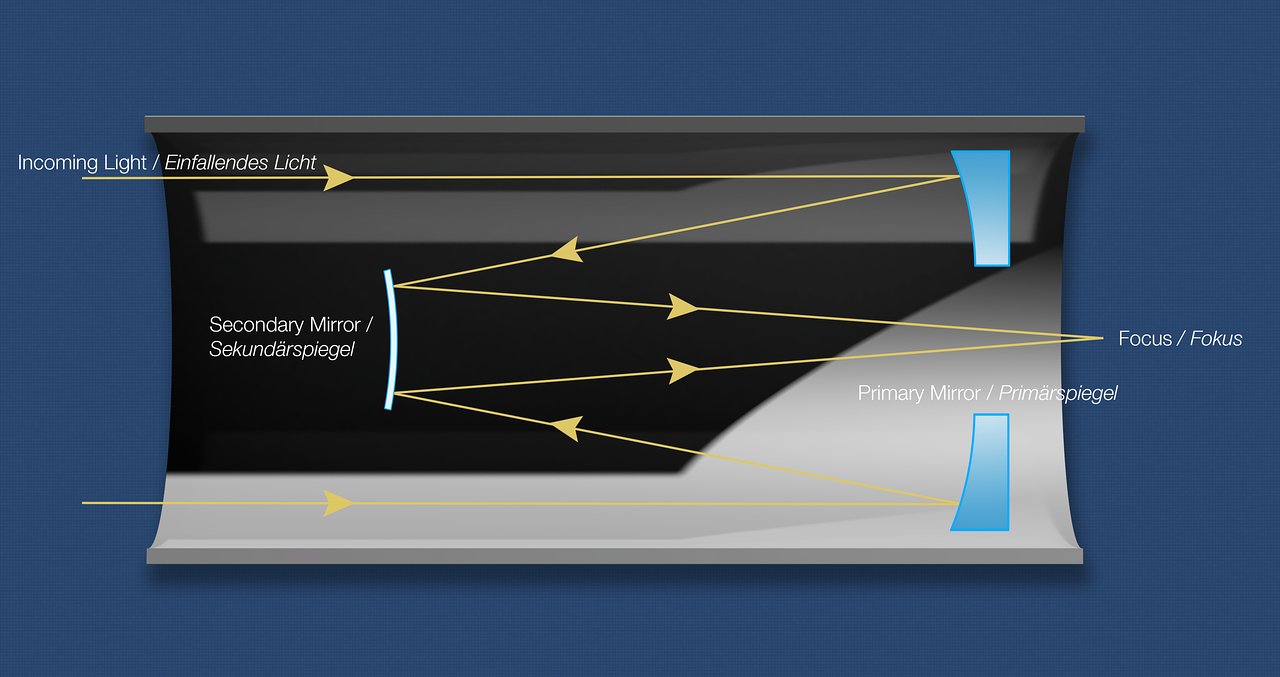
https://supernova.eso.org/static/archives/exhibitionimages/screen/05-new.jpg
What is the reflecting surface?
In the early days of reflecting telescopes, mirrors were made of speculum metal, a mixture of around two-thirds copper and one-third tin, making a white alloy that can be polished to make a highly reflective surface. These were eventually superseded by mirrors coated with silver. Silver is highly reflective, but of course it is expensive. Modern mirrors are generally coated with aluminum.
The mirror in your bathroom, in front of which you shave or dry your hair, is a second surface mirror. The aluminum reflective surface is on the back of the mirror and is protected by an overcoat of paint. You can see this by placing the point of a pencil on the glass and noting that there is a noticeable gap between the reflected image and the actual object due to the thickness of the glass.
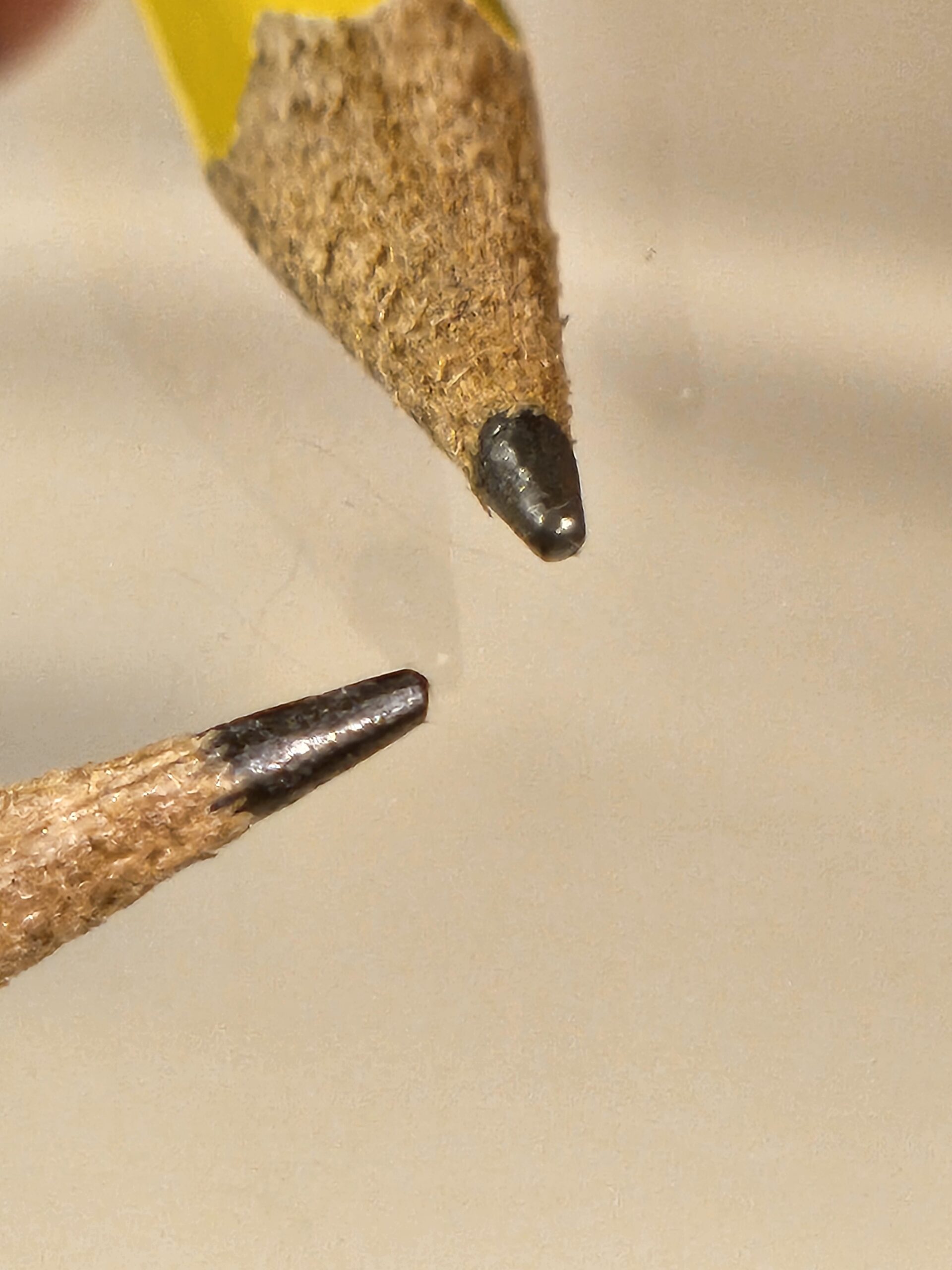
Picture by Neal Sumerlin
But there is also a faint image of the pencil with no gap: a reflection from the front surface of the glass.
Telescopes use front surface mirrors, and the means by which a thin coating of aluminum (typically 100 nanometers thick) is place on the mirror is by vacuum deposition.
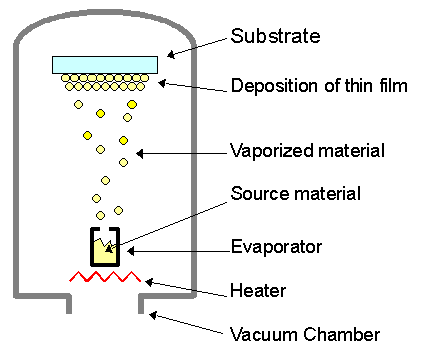
https://www.findlight.net/blog/wp-content/uploads/2017/12/EVacDepo.gif
The aluminum is overcoated by silicon dioxide that protects the underlying metal layer from oxidation and physical damage like scratches.
The Margaret Gilbert Telescope at the Belk Observatory is nearing its 18th birthday—almost old enough to vote! We are getting ready to have its coating removed and replaced, and will have to take it elsewhere to get that done. World-class observatories have their facilities on site!
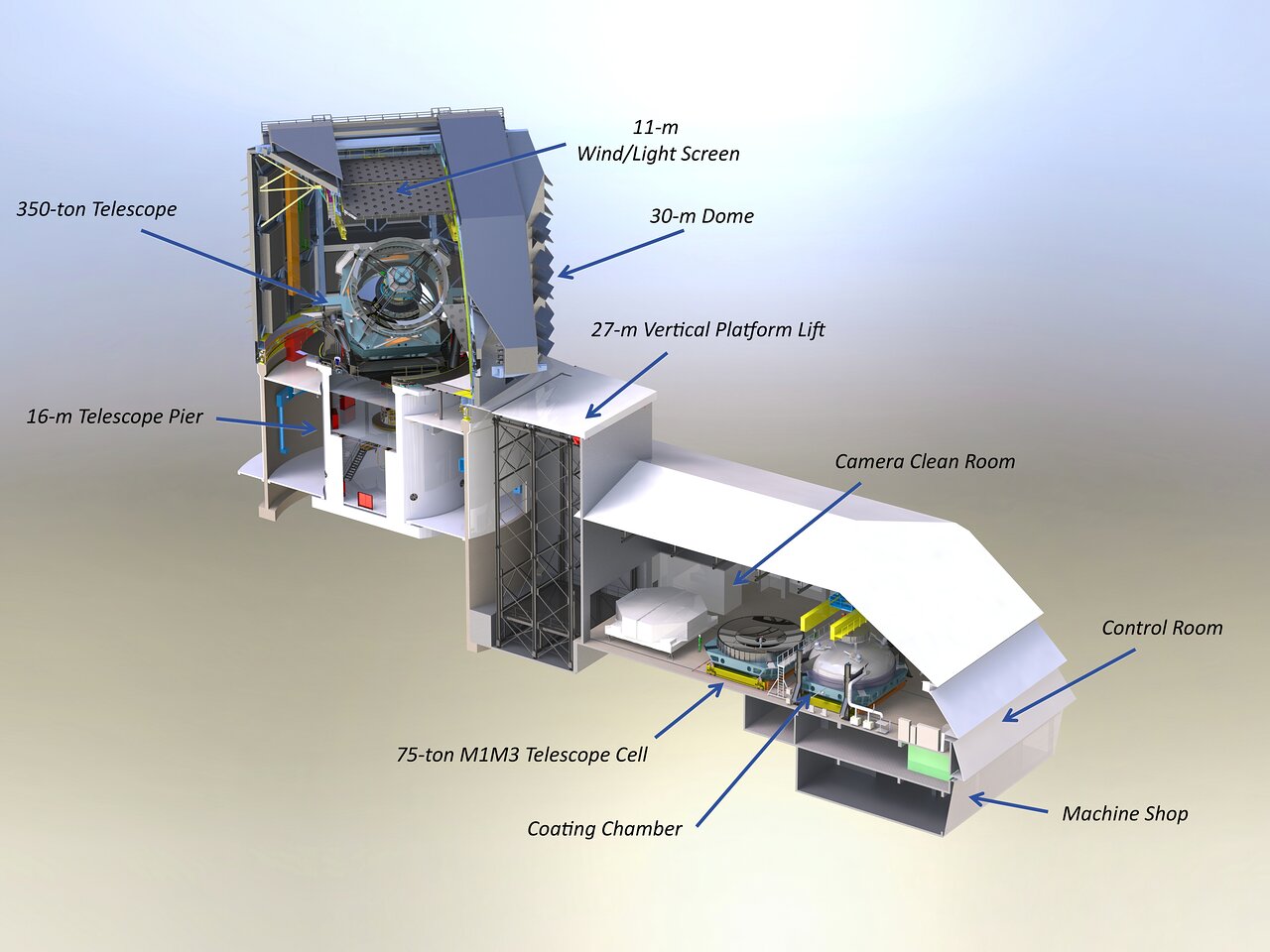
https://storage.noirlab.edu/media/archives/images/screen/rubin-telescope-cutaway-labels-1.jpg\
We’re not quite that well-equipped.


